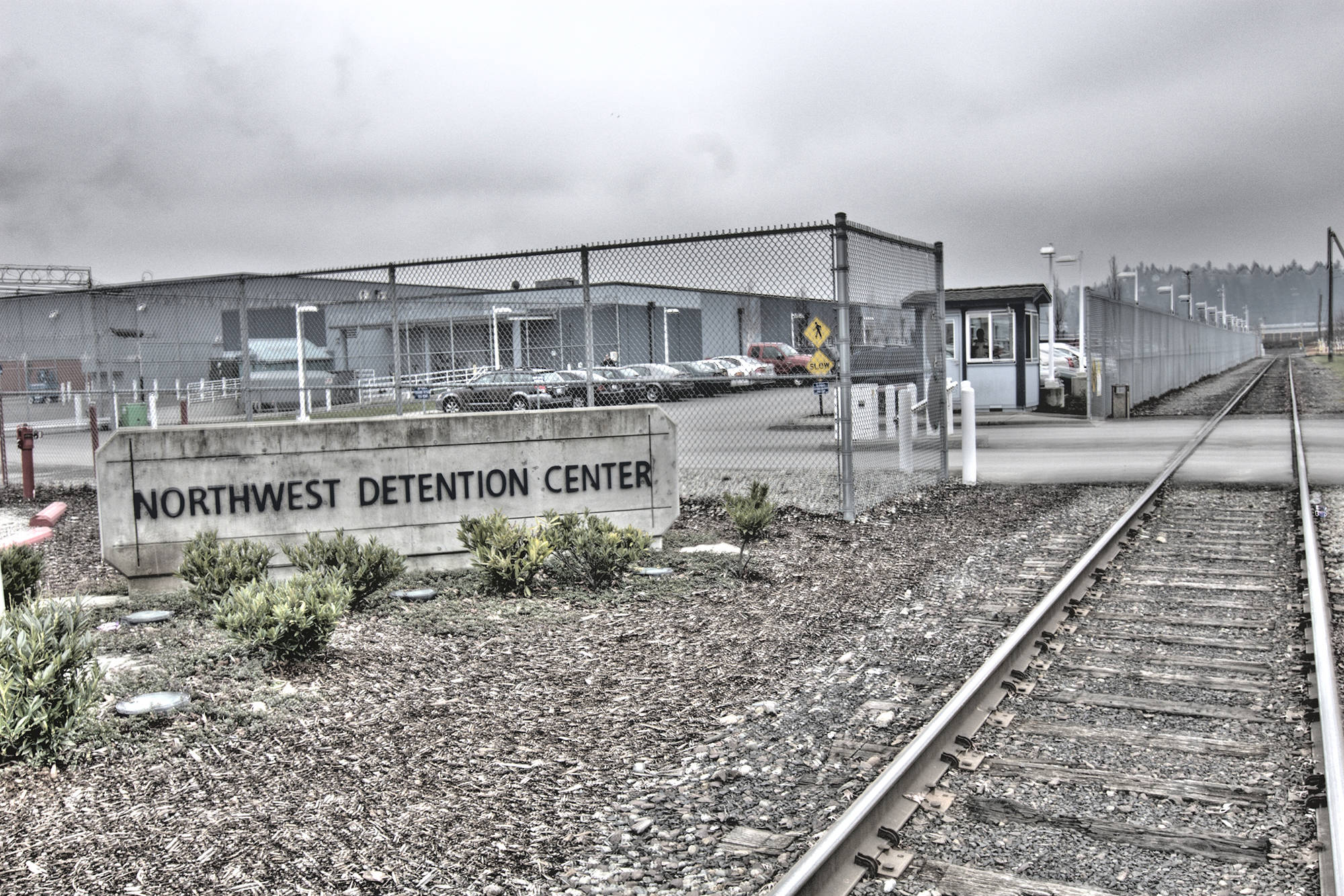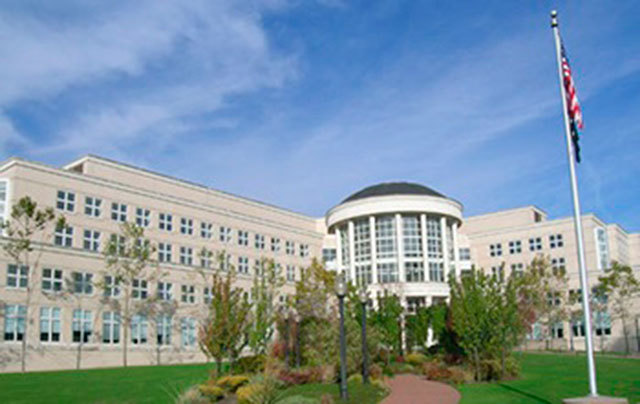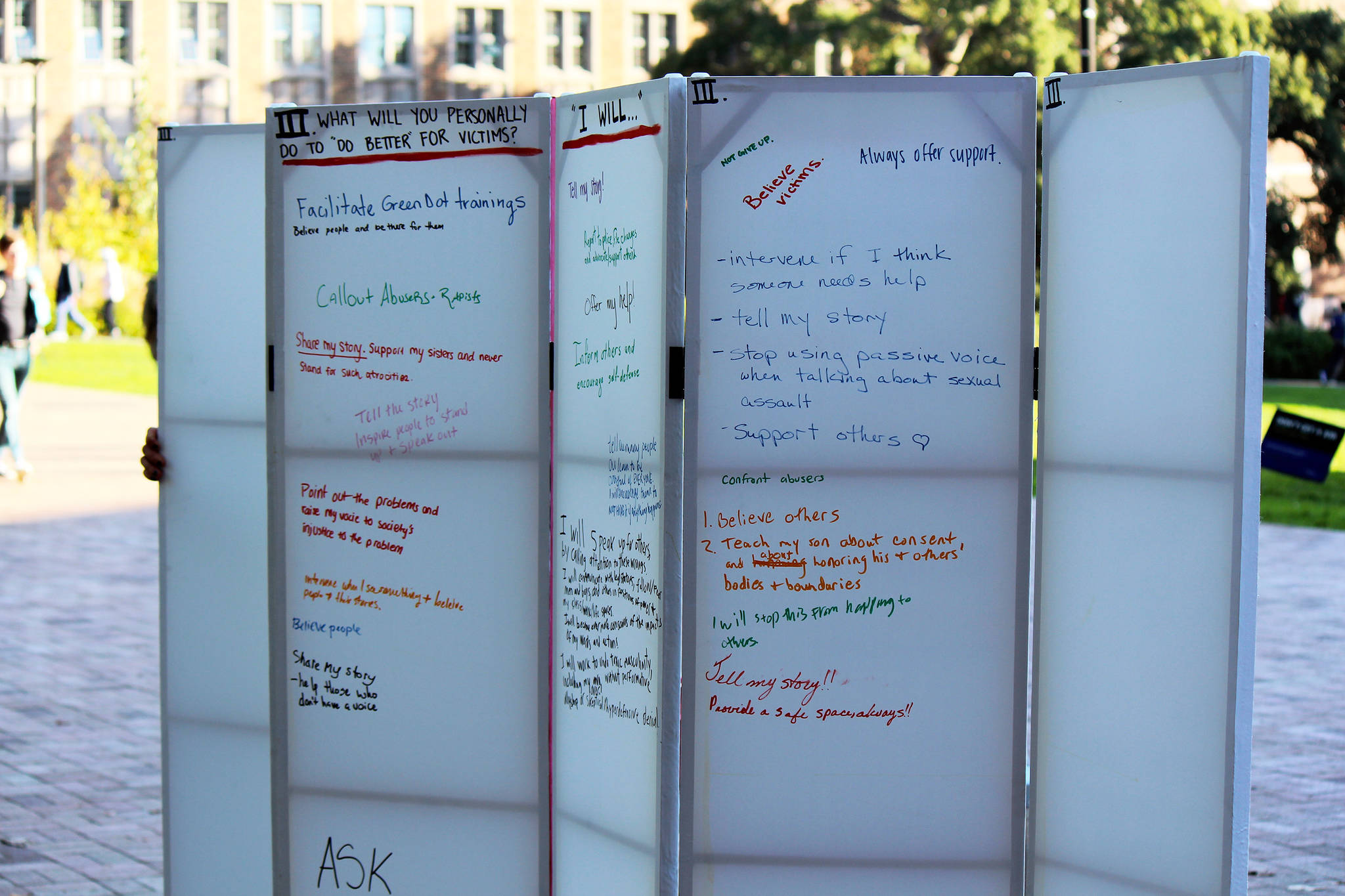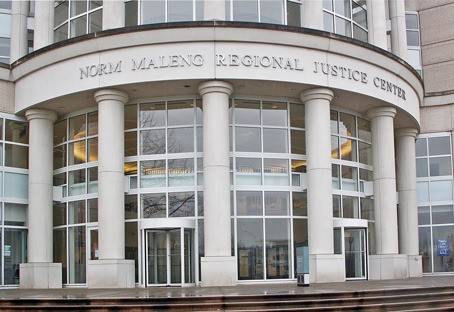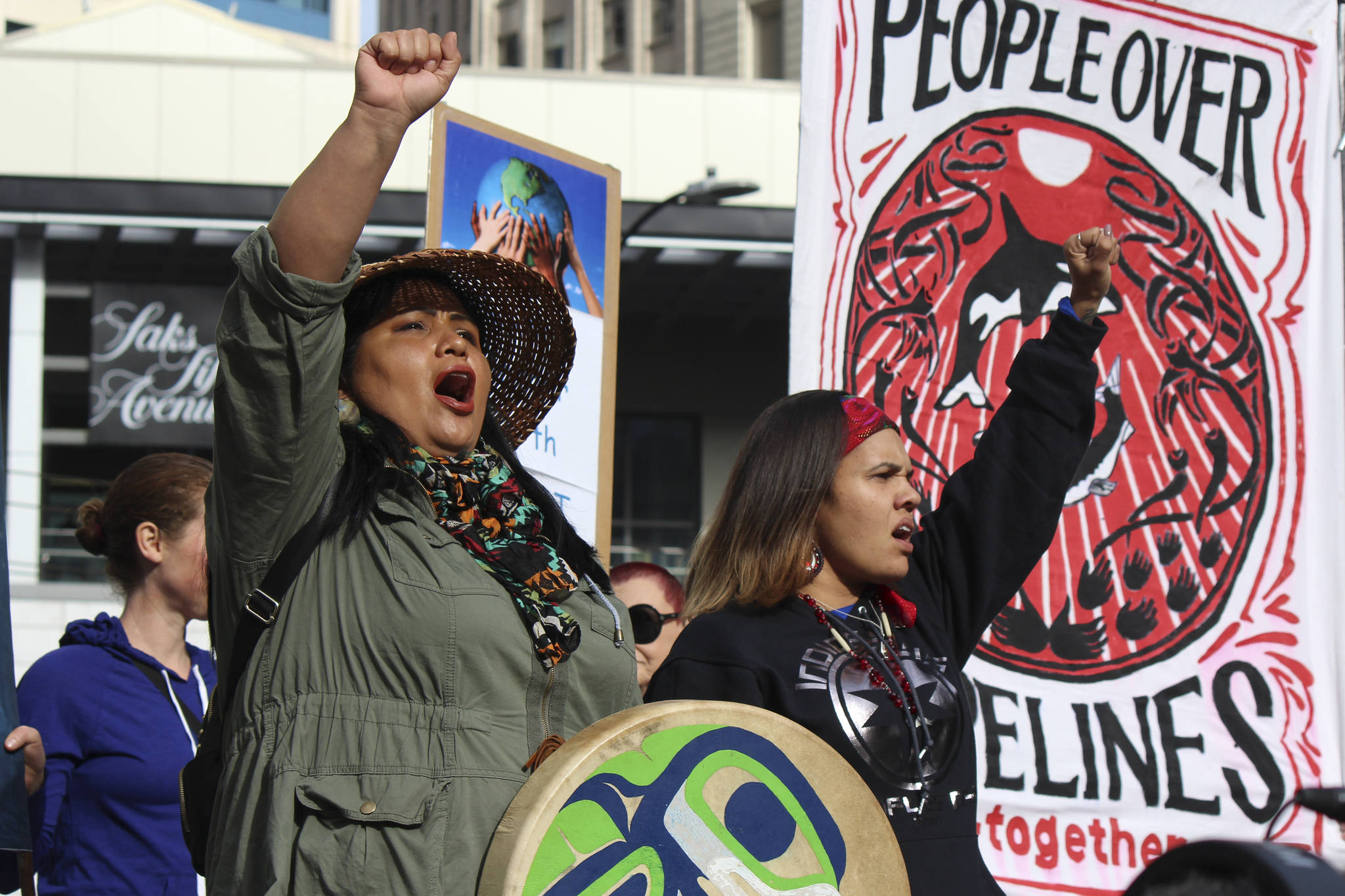In early March, the Tacoma City Council approved an emergency ordinance that was designed to prevent the Northwest Detention Center—a prison for undocumented immigrants—from expanding. Although U.S. Immigration and Customs Enforcement and GEO Group, the company that runs the 1,575-bed facility, have both affirmed that there are no plans to expand, Tacoma city leaders nevertheless felt the issue was urgent.
On Tuesday, the Council swiftly approved a slightly milder version of that ordinance: Instead of outright banning private prisons, it limits the creation of any new correctional facilities in Tacoma to certain industrial zones, and makes expansions of existing facilities more difficult by requiring a new kind of permit and extensive public comment. The ordinance will remain in place for a full year.
While the new language is softer, Tuesday’s move still marks a change of course for a city that until this year has been relatively supportive, or at least tolerant, of the facility, despite continual protests over the years from detainees and their advocates. The Northwest Detention Center (NWDC) was approved for the Tacoma tideflats in 2000, built in 2004, and expanded in 2006 and 2008.
So what’s changed? The Oval Office. Councilmember Marty Campbell, who first introduced the emergency ordinance, told reporters that President Donald Trump’s executive orders on immigration spurred the change, as well as the “real possibility” that the NWDC could expand, given the new administration’s stated plans to build thousands more detention beds across the country.
Mayor Marilyn Strickland—who sent a letter to GEO Group shortly after the arrest and detention of “Dreamer” Daniel Ramirez Medina, threatening to suspend the company’s business license if it violated due process rights or “any local, state, or federal law relating to public health or safety”—confirms in an interview with Seattle Weekly that “the Trump administration’s attitude toward immigration” was indeed the impetus. Tuesday’s move was a way to be “proactive,” she says. “We can’t make the detention center disappear. In 2000, the City Council passsed a resolution in favor of it. What we can control is the number of detainees.”
The Tacoma Planning Commission and the City Attorney’s office have been hard at work in recent weeks, trying to figure out the best path forward for a City Council that has demonstrated its clear distaste for the presence of a federal detention facility (and for the Trump administration). Strickland says Tacoma cares about social justice and understands that the majority of undocumented immigrants at the NWDC “have not committed serious crimes [and] end up staying there for a long period of time — far longer than they should.” But she wants city actions to have an impact, “not just grandstanding for no good reason.”
Yet for all the tough talk coming out of Tacoma City Hall, it’s too little, too late, for many immigrant rights activists. They note that until Trump took office, the city largely looked the other way when it came to the detention center. Even now, Strickland seems careful to not say anything that sounds like support of the recent hunger strikes, which have nothing to do with Trump and everything to do with the day-to-day operation.
“The hunger strikes have taken place intermittently over the past few years,” she says. “If anything, for all of us, it was the alarm we felt with this administration — the rhetoric during the campaign, and the words and actions of the administration after [Trump] took office.”
Meanwhile, for most of the past month, anywhere from dozens to hundreds of detainees at the NWDC have refused meals in protest—at one time reaching 750 participants. Their complaints include inadequate or inedible food, poor medical care, extortionate commissary prices, work that pays only $1 a day (GEO Group is currently facing a class action lawsuit over this issue at a facility in Colorado, though the company points out that that wage is determined by the federal government), and retaliatory disciplinary practices including solitary confinement and sudden transfers to different facilities. The strike also recently expanded to a public jail in Oregon, which acts as a kind of “overflow” facility for undocumented immigrants (this may not be legal, according to the ACLU and other advocates).
At public meetings and in statements, GEO Group maintained that the NWDC hunger strike either wasn’t happening or had been addressed, and that conditions are good. The facility provides “high-quality, culturally responsive services in a safe, secure, and humane environment,” said James Black, GEO Group’s regional vice president, at a late-April public hearing on the emergency ordinance. “I’m proud of it.”
Despite the ordinance passed Tuesday, Maru Mora Villalpando, lead organizer with the group NWDC Resistance, says the city has not shown leadership on issues at the detention center. She argues that current actions by Strickland and others feel more like politics than real concern.
“Nobody has gone to ask people in detention, ‘How are you? Why did you go on a hunger strike?’ We haven’t seen a single elected official from Tacoma interested in hearing from the people they’re making decisions for.” Villalpando would prefer that the City immediately revoke GEO Group’s business license, as she believes the facility has long been violating public health and safety laws. She insists that Strickland’s statements today echo statements from the past. “She just blames it on the feds. That’s what she always does.”
Notably, the Obama administration was hardly soft on immigration. The three million people the former President deported during his tenure earned him the moniker “deporter-in-chief.” The so-called “detention bed quota,” which requires the Department of Homeland Security to maintain funding for approximately 34,000 beds for those awaiting deportation proceedings, has existed since 2009. As Villalpando puts it, “This is not new. The difference is Trump doesn’t care. He’ll just put it out there, with no filters.”
Indeed, it doesn’t seem as though Tacoma has been very active in its opposition until now. In 2008, when Strickland was a Tacoma City Council member, the facility grew from about 1,000 beds to about 1,500, making it one of the largest immigrant detention centers in the U.S. “I don’t remember the city taking action at that time,” Strickland says. “I’m pretty sure the prevailing attitude at the time was, ‘This is a federal facility and the federal government has jurisdiction over it.’”
Now, she says, it has become clear to city leaders that “if there are due process violations, human rights violations, we have the ability to pull a business license.”
Whether they will do so is up in the air.
“There are hundreds of people going on hunger strike,” says Villalpando; she and other activists are now collecting as many handwritten testimonies as they can to submit to the Tacoma City Council. “We have story after story of people not receiving medical care. We have a story of a woman who was given the wrong medication and taken to the hospital… of a miscarriage… so many stories. What else do they want?”
sbernard@seattleweekly.com
